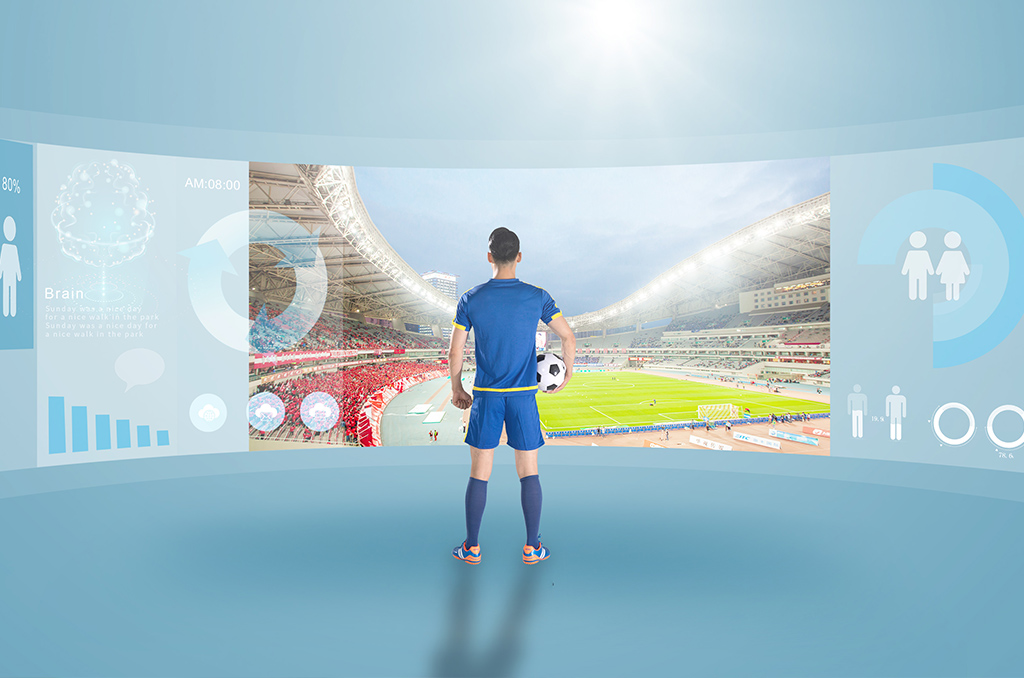
In August last year, the State Council issued the "National Fitness Plan (2021-2025)" to promote the development of national fitness at a higher level and better meet the health and fitness needs of the people. Over the past year, rich online fitness live broadcasts have driven new sports trends, and sports such as frisbee and cycling have become popular among young people, and the national fitness boom has continued to rise. With people's enthusiasm for fitness in full swing, emerging technologies such as AI and cloud computing are also widely used in the sports industry. Among them, the sports ape training station can scientifically analyze and judge a number of sports actions, and its appearance at the technology open day in July has attracted the attention of the industry and has become a representative of the integration of national fitness and AI technology.
The sports ape training station is based on the MegEngine framework and relying on the algorithm production platform AIS (AI Service, referred to as AIS), which achieves the advantages of high accuracy, fast speed and low cost in the direction of pure vision, can accurately identify correct and illegal actions, and help the digitalization and intelligence of the whole process of sports training with AI. The sports ape training station quickly and accurately detects more than 30 human bone points through self-developed models, covering a variety of sports scenarios under the three major sports categories of running training, physical fitness training and ball training.

For example, in the rope skipping scene, at 240 times per minute, the sports ape training station can achieve an error of plus or minus 1 and can accurately distinguish similar movements such as jumping rope and jumping jacks. Sit-ups not only support the identification of various violations such as hands not holding the head, legs not bending the knees, elbows not touching the knees during exercise, etc., but also accurately record the real data during the exercise process to achieve the counting requirement of plus or minus 1.
In stark contrast to the support for multiple sports scenarios, the development cycle of the Sports Ape Training Station is just a few months. Although intelligent sports and fitness have always been regarded as an important track, they have not yet ushered in the stage of industry explosion. The reason for this is precisely because traditional algorithm production is limited by the complexity of data production, the uncertainty of algorithm models, and the diversity of hardware platforms, resulting in high thresholds, high costs, and low efficiency of algorithm production, making it difficult for AI to "fly into ordinary people's homes" and fail to widely enter the fitness scene.